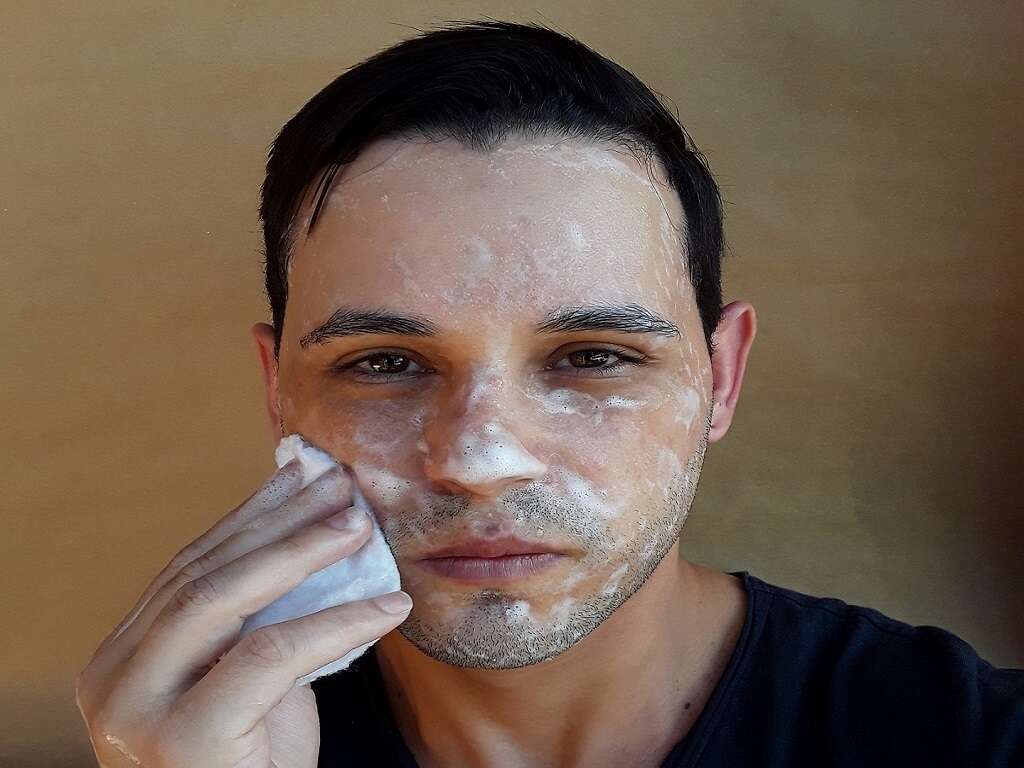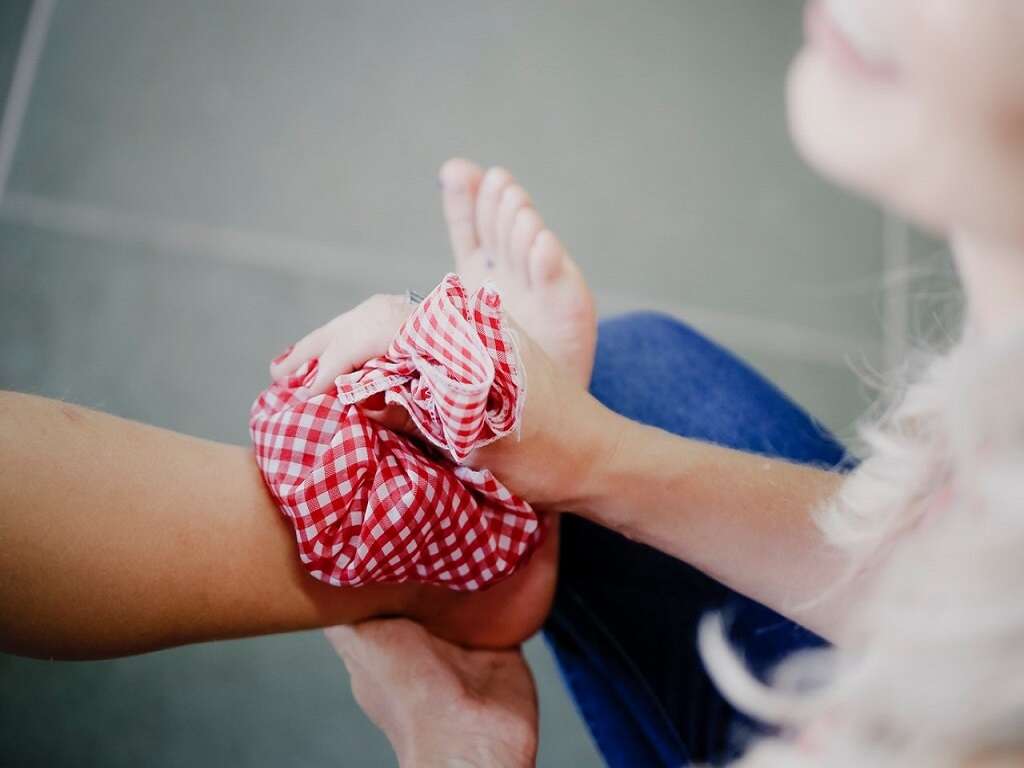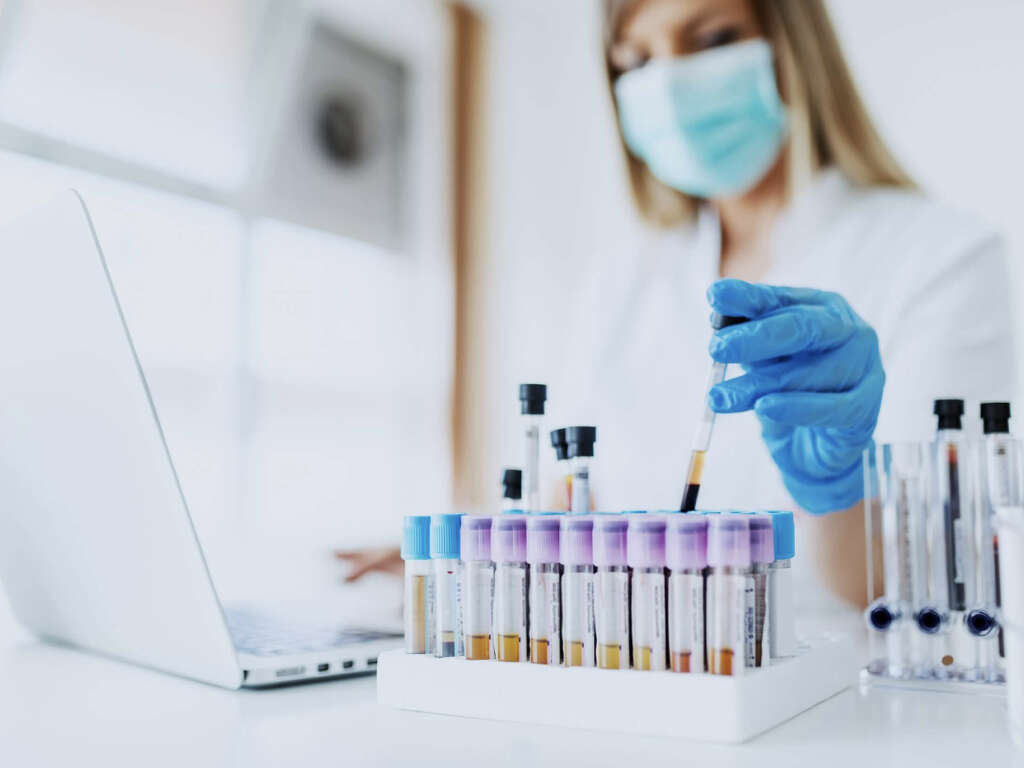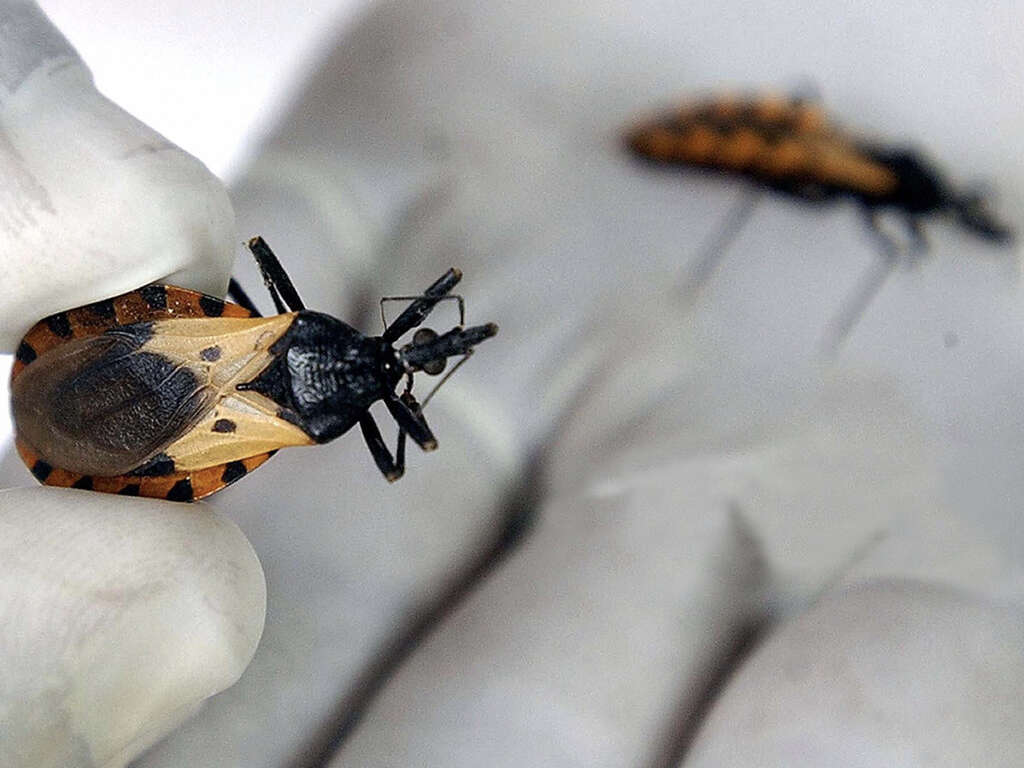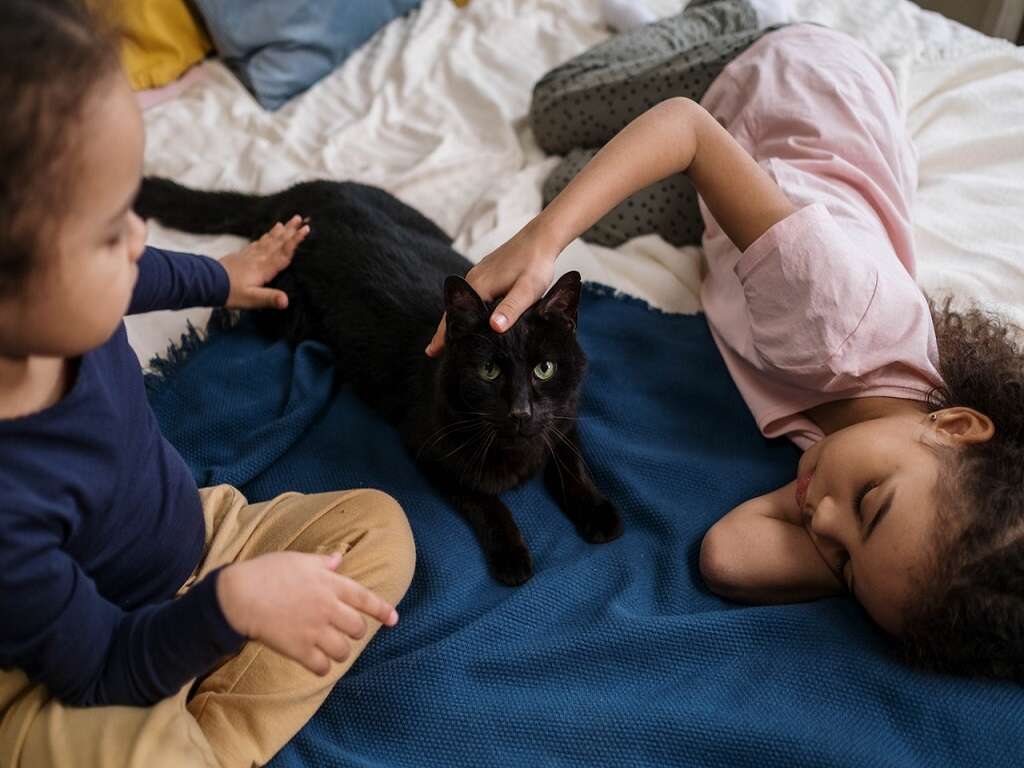What Is a Kissing Bug?
When the summer time comes, a lot of people will have trouble with biting insects. There are more insects around in the summer and they are going to be hungry, and a drink of your blood may be just what they are after. While they can be annoying and even painful, however, insect bites are not usually a danger to us.
In parts of America, however, there is a bug that can be very dangerous indeed, albeit in a very small number of cases. The kissing bug is an insect that is found in the warmer regions of the continent. It will feed on the blood of people given the opportunity, and a bite from one of these can make us very ill.
1. Kissing Bugs
Kissing bugs are insects that belong to the triatominae family of bugs. They are also sometimes known as vampire bugs, and there are more than 130 species of them that we know of. The great naturalist Charles Darwin once wrote about these insects in his book: The voyage of The Beagle.
Kissing bugs are found mainly in some parts of Central and South America, including much of Mexico. They are also found in some western and some southern American states, although they are not common there. They get their name from their habit of feeding around peoples’ mouths at night when they are sleeping.
2. Habits
Kissing bugs are nocturnal. This means that they are active at night and you are unlikely to see them in the daytime when they are hiding. They are a parasitic bug and they feed on the blood of a variety of animals. This includes birds, reptiles, and mammals. Human beings are included as an item on the menu for kissing bugs.
When they feed, the kissing bugs puncture the skin with their mouth parts and then inject a type of anesthetic into wound. This prevents their host from waking up, leaving the bug to feed undisturbed. It will generally take around half an hour for a bug to drink its fill in one sitting.
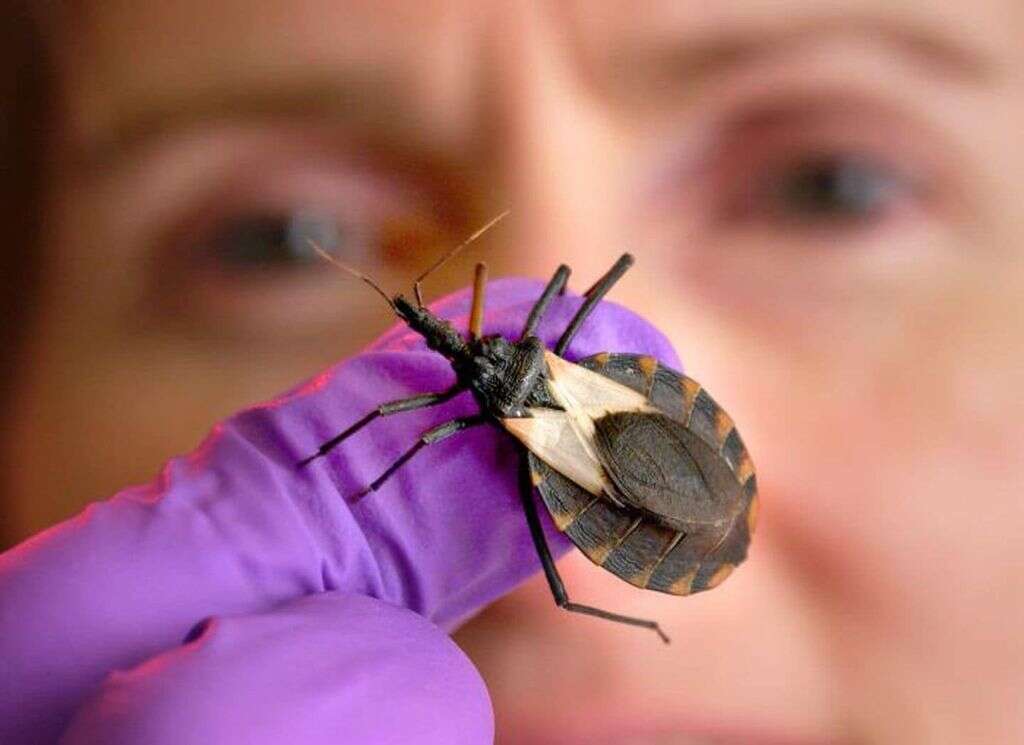
3. Habitat
As mentioned, the kissing bug is found mainly in the middle to lower regions of the American continent. People in the United States will rarely find the bug living in their homes. Depending on the location, however, it can still be found living outside where there is suitable shelter.
The kissing bug will otherwise tend to live in the same shelter as its source of food. This means that they are often found in stables and chicken coops and similar. South of the United States, the bugs are more likely to be found in peoples’ houses, and this means that people are more likely to be a source of food.
4. Identification
Kissing bugs are quite distinct insects, making identification fairly easy. They have heads that are cone-shaped, and relatively large bodies that are flat and oval in shape. They can range in size from just ¾ inch to 1 ¼ inches. Those in the last stage of development will have wings that fold back on their bodies.
Kissing bugs are usually a drab brown or black in color. Many, however, will also have red or orange stripes on the edges of their body. They can also emit a sound, and some are also able to release a caustic substance when they feel threatened.
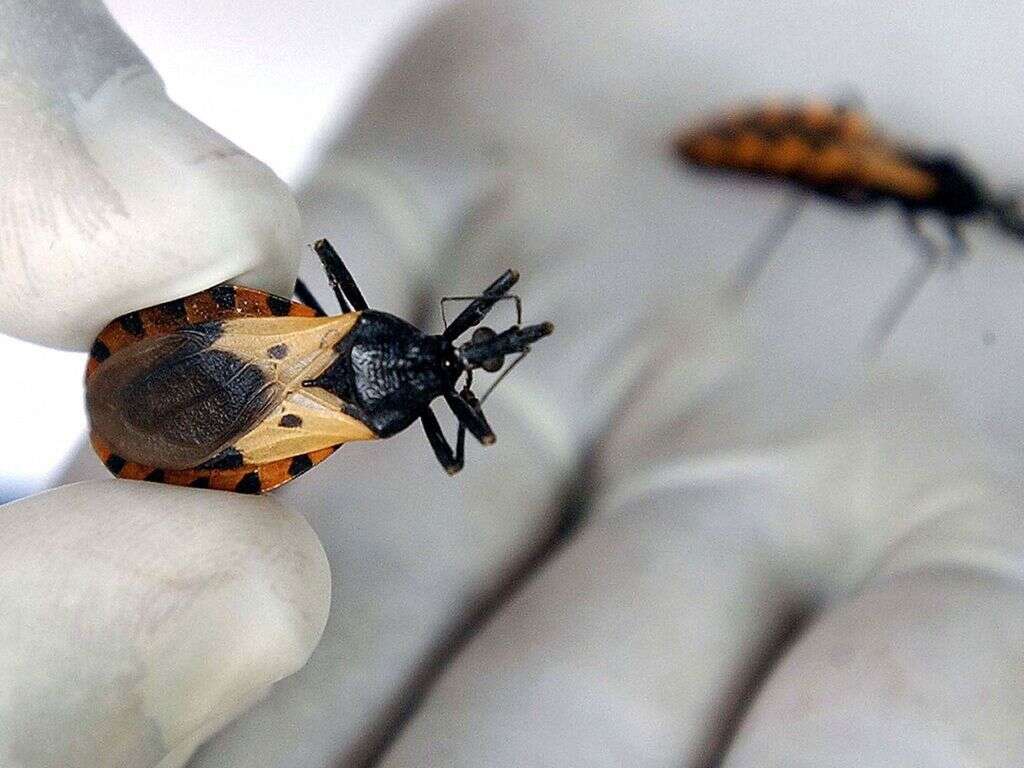
5. Bite Marks
As mentioned, the kissing bug is so called because of its habit of feeding from around peoples’ mouths and eyes. They will also sometime feed from other parts of the body such as the arms, head, and feet. Any bite marks tend to be found wherever parts of the body have not been covered by blankets.
The anesthetic that they use means their hosts won’t usually notice the bites until they wake in the morning. The bites will often be red and swollen, and will often also be grouped in one area. The bites will often be overlooked for bites by other insects such as mosquitos.
6. Allergic Reactions
Kissing bug bites can be irritating and unsightly but, other than that, they are usually harmless. Some people that are allergic to insect bites can find that the bites can be particular itchy and swollen but, still, they will not usually be a serious problem. They can be serious in a small number of cases, however.
Some people with an allergy to kissing bug bites can experience an extreme allergic reaction known as an anaphylactic shock. The patient can experience extreme swelling, difficulty breathing, a rapid or weak pulse, hives, and a general feeling that something is wrong. These, and other symptoms, should be taken seriously because anaphylactic shock can be deadly.

7. Chagas Disease
Kissing bug bites will also sometimes result in another potentially serious problem: Chagas disease. This is a disease that is very similar to malaria and is caused by a tiny parasite known as trypanosoma cruzi. The bugs will sometimes drink from an infected host, and this will cause themselves to become infected.
The bug’s next host can also then become infected by the parasite, potentially resulting in Chagas disease. If the patient does show symptoms, they will typically include fever, aches, headache, swollen glands, diarrhea, and a rash. The disease can be treated but treatment is more effective when caught in its early stages.
8. When to Get Medical Help
The chances of becoming ill through a kissing bug bite are very low. Regardless, it is still a good idea to see a doctor if you suspect you have been bitten by one. Indicators that one has bitten you include having seen the bugs in your home and/or find clusters of bites on your face or body.
You should also see a doctor if you are experiencing symptoms of Chagas disease. These symptoms could also be caused by other serious diseases so it is something that you should get checked out. You should waste no time in getting emergency medical assistance if you are experiencing symptoms of an anaphylactic shock.
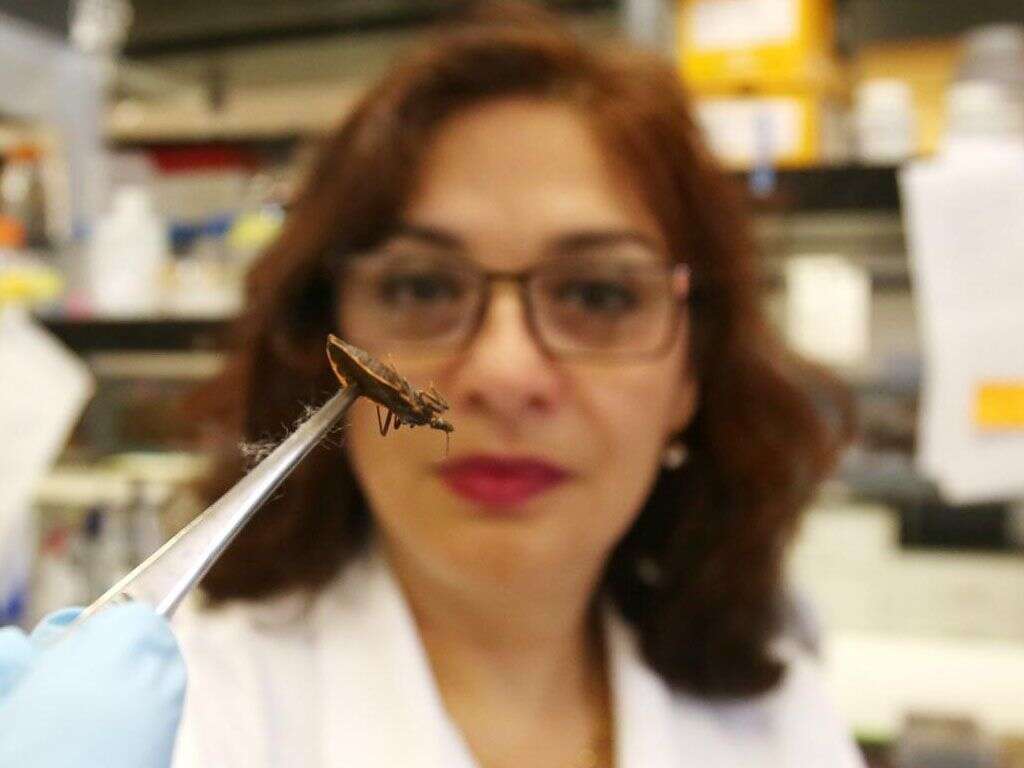
9. Prevention
Depending on where you live, kissing bugs are not something to be overly concerned by. Even in areas where they do live, they are unlikely to be found in the home so bites are unlikely. It is still wise to take precautions, however, especially if you have the type of home that the bugs might choose to make a home in.
If you have a home with cracks in the walls and elsewhere, you should do what you can to try and block those cracks. External lights might attract the bugs at night so make sure to turn them off. Also, make sure to keep any animal cages and firewood piles as far away from the house as you can.
10. Treatment
Treatment for the bites themselves is not usually necessary, although some antihistamines and/or home remedies may help to soothe any discomfort. As mentioned, however, you should get to an emergency room immediately if you appear to be having a severe allergic reaction.
If you have contracted Chagas disease then anti-parasitic medicine will need to be used. If Chagas disease reaches the chronic stage then medication will no longer be able to treat it. However, the patient will need to be treated for any further complications that Chagas disease can cause. Chagas disease can be fatal in severe cases, so it is important that medication is received.



